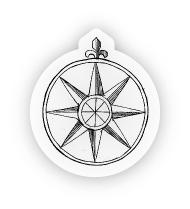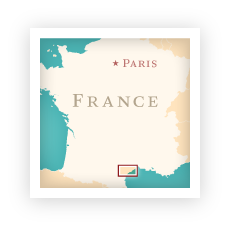Canal du Midi
The historical Canal du Midi runs through the heart of the Languedoc in the South of France.
Not only is the Canal du Midi a scenic waterway, but it also holds an amazing story about French History and the construction of the Canal du Midi. The construction of the Canal du Midi has certainly influenced the flavours of the Languedoc these past 300 years.
Less well known than neighbouring Provence, but equally charming, Languedoc is a renowned winemaking region that produces more than a third of the grapes in France. Wine production was traditionally rooted in producing volume, but saw dramatic changes in quality in the early 1990’s. Winemakers from Bordeaux, Burgundy and even Australia came to the Languedoc seeking more affordable vineyards for experimenting with their trade. To some extent, this movement influenced long-established Languedoc growers and producers to make changes. Many amongst them are now recognised for producing top quality vintages.
But Languedoc is not all AOC wines, open air markets and foie gras. It’s home to some of Europe’s oldest and most breathtaking castles. The Medieval fortified Cité of Carcassonne is a must-see for travellers in the region. The hilltop town of Minerve is beautifully scenic and historically fascinating. Whether you’re inspired by good wine, sunflower fields, charming villages or Medieval fortresses, Languedoc will not disappoint.


